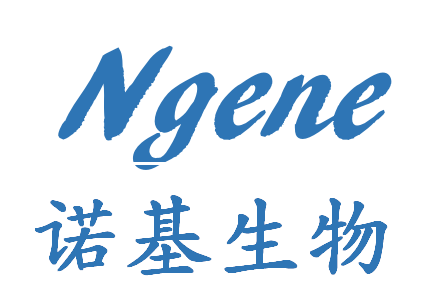CsMIEL1有效抑制茶树(Camelliasinensis)低温下花青素的积累
Plant Physiology and Biochemistry ( IF 6.1 ) Pub Date : 2024-05-11 , DOI: 10.1016/j.plaphy.2024.108726
Dawei Xing 1 , Didi Jin 2 , Tao Zheng 1 , Haixiang Ruan 3 , Xiaoju Chen 4 , Guang Zhu 5 , Xiaolan Jiang 2 , Liping Gao 3 , Tao Xia 2
School of Biological and Environmental Engineering, Chaohu University, Chaohu Regional Collaborative Technology Service Center for Rural Revitalization, Hefei, 23800, China; State Key Laboratory of Tea Plant Biology and Utilization, Anhui Agricultural University, Hefei, 230036, China.
State Key Laboratory of Tea Plant Biology and Utilization, Anhui Agricultural University, Hefei, 230036, China.
School of Life Science, Anhui Agricultural University, Hefei, 230036, China.
School of Biological and Environmental Engineering, Chaohu University, Chaohu Regional Collaborative Technology Service Center for Rural Revitalization, Hefei, 23800, China.
College of Education, De La Salle University-Dasmariñas, Cavite, Philippines.
CsMIEL1 effectively inhibits the accumulation of anthocyanins under low temperatures in tea plants (Camelliasinensis)
Tea is one of the most prevalent non-alcoholic beverages. The leaves of tea plants hyperaccumulate anthocyanins under cold stress, resulting in enhanced bitterness. Previously, we determined that the RING-type E3 ubiquitin ligase MIEL1 from the tea plant ( (L.) O. Kuntze) is involved in the response to stress conditions. This study aimed to determine the role of MIEL1 in anthocyanin accumulation at the post-translational modification level. The results showed that the heterologous expression of led to an 86% decrease in anthocyanin levels, resulting in a significant decrease in the mRNA levels of related genes in at low temperatures but no significant differences in other phenotypes. Furthermore, multi-omics analysis and yeast two-hybrid library screening were performed to identify potential downstream targets of MIEL1. The results showed that the overexpression of resulted in 45% (448) of proteins being differentially expressed, of which 8% (36) were downregulated in ., and most of these differentially expressed proteins (DEPs) were clustered in the plant growth and secondary metabolic pathways. Among the 71 potential targets that may interact with MIEL1, MYB90 and GSTa, which are related to anthocyanin accumulation, were selected. In subsequent analyses, these two proteins were verified to interact with MIEL1 via yeast two-hybrid (Y2H) and pull-down analyses . In summary, we explored the potential mechanism by which the E3 ligase relieves anthocyanin hyperaccumulation at low temperatures in tea plants. These results provide a new perspective on the mechanisms of anthocyanin regulation and the molecular breeding of tea plants.

访问手机版

微信公众号